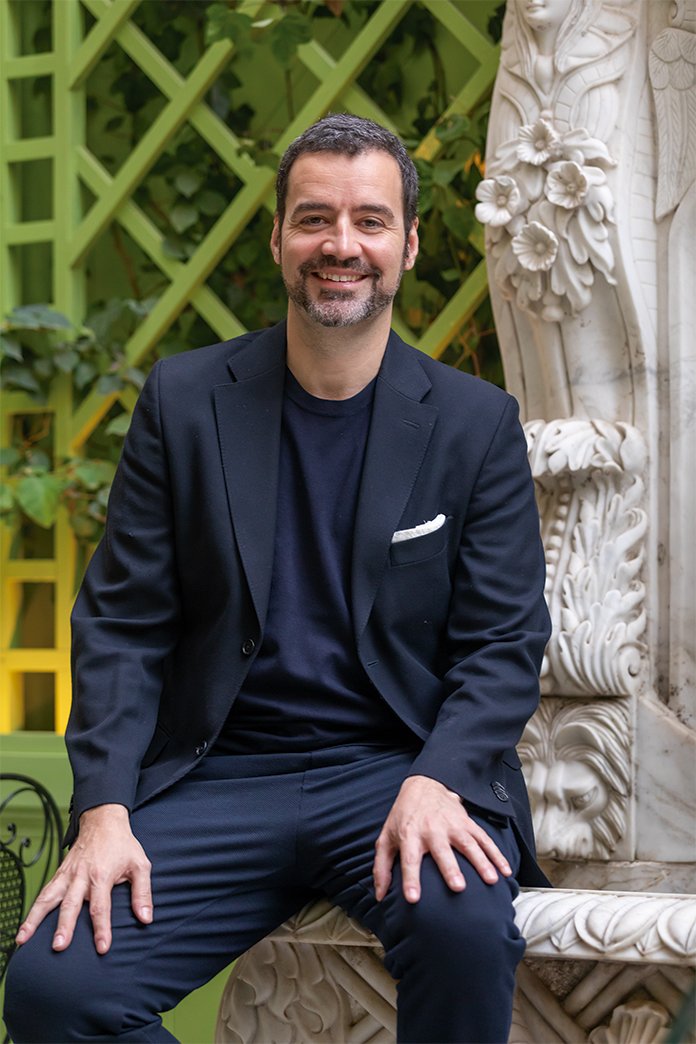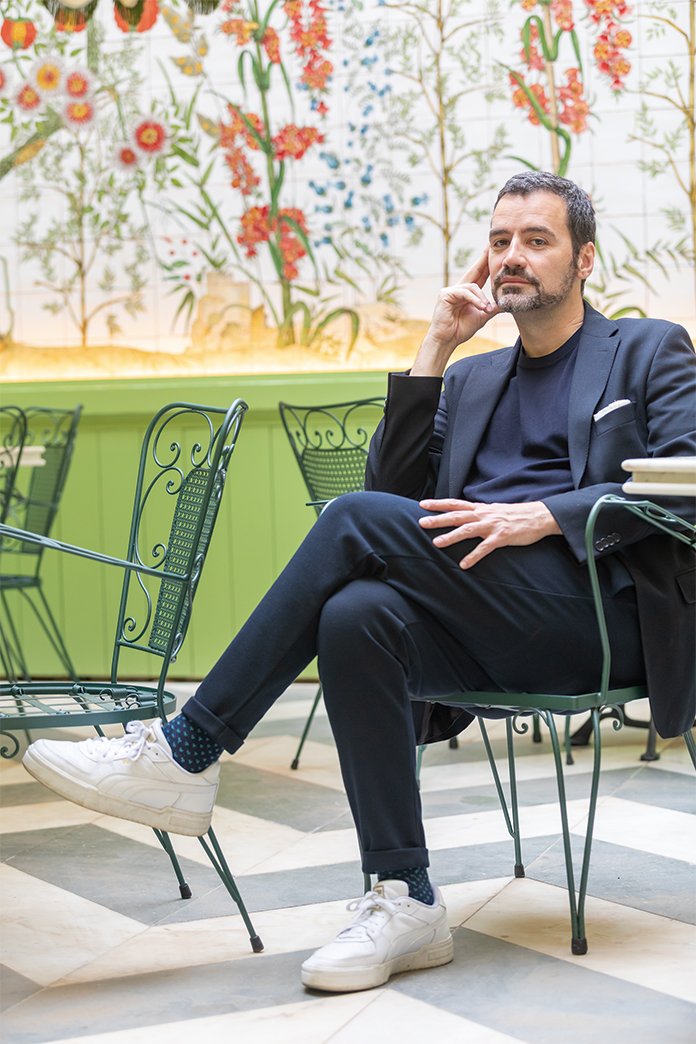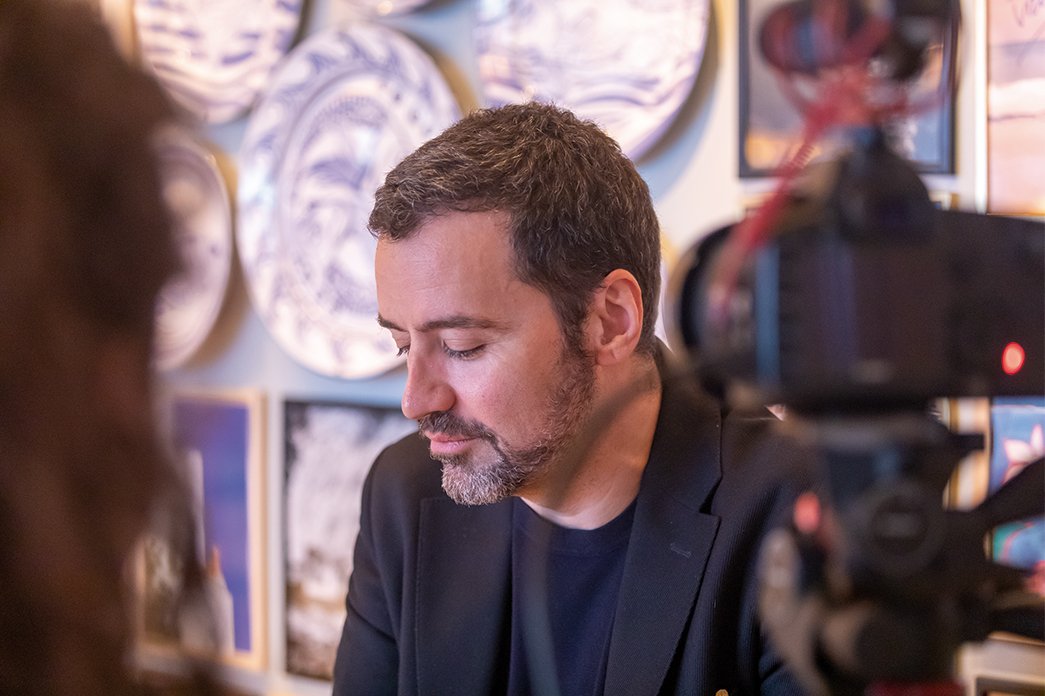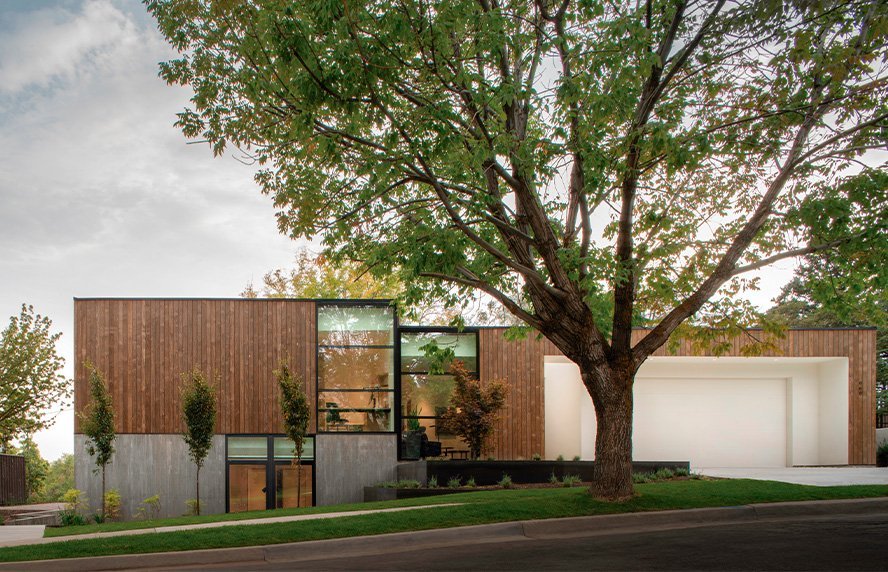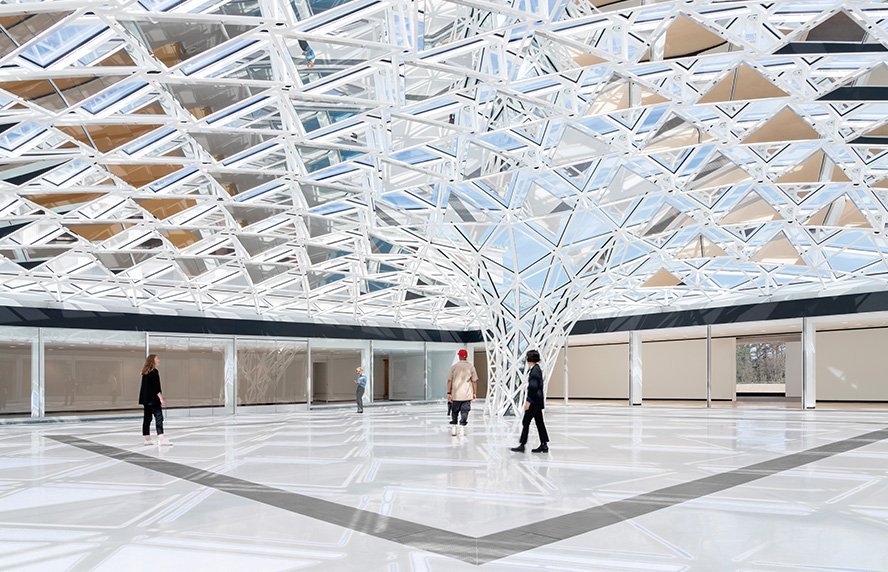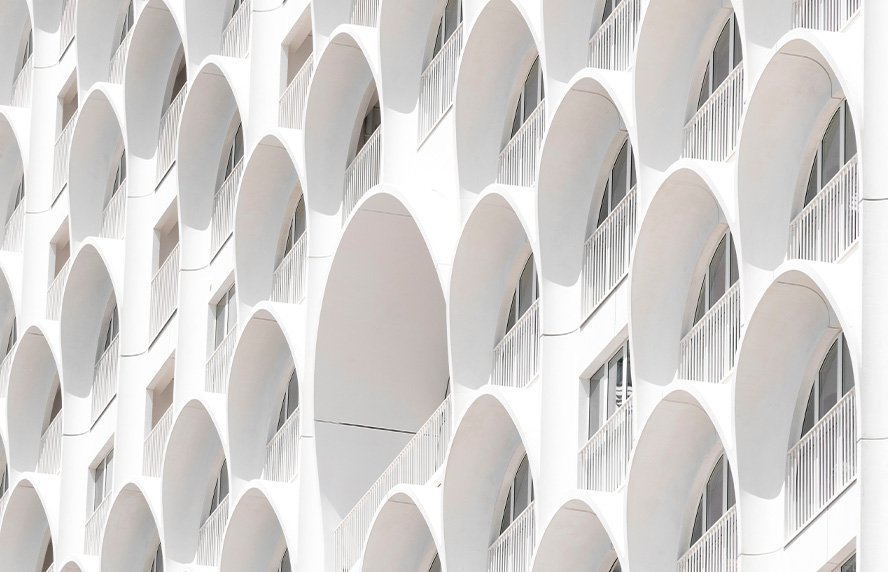Today you are a very well-known designer, but your career didn’t exactly begin in this field...
No. This is true and I think I’m a good example that you can change careers. Often, when we are kids and don’t know what we want to do, we are influenced by our family. For me, this influence did indeed end up taking hold. This led me to study law. I did the entire course and even worked for a year as a legal adviser in an international insurance company, but I found out that wasn’t who I was. I believe that life and destiny end up placing us in the right place, at the right time, on the path we should follow. So this is where it all began.
How and when did you make that volte-face and start dedicating yourself exclusively to design?
Ground zero, first of all, was having people in the family who invested in property. We’re talking about the year 2000. I started to give some tips, colour palettes, tiles, coverings... At that time, I still didn’t call myself a designer, rather a decorator, because in the meantime I took a short course at the Escola Superior de Artes Decorativas [Decorative Arts College]. In 2004, a house I had worked on appeared on the front cover of Máxima Interiores, a very well-known magazine at the time, which gave me some visibility. From then on, things started to flow. Up until, in 2008 I decided to go to Milan to study. I was one of very few students, I might even have been the first, to enrol in a master’s course in interior design without a degree in architecture or design. I was accepted thanks to my portfolio. Between 2009 and 2010, I experienced a real ‘growth spurt’ and, from then on, I thought I was actually an interior designer.
Has the issue of sustainability been part of your way of working from the beginning, or did it gradually begin to gain importance in your work?
I think it always has been, because as I have always been a very creative person, I was thinking up a use for the things I found. Sometimes, when I was in the street playing with kids, I would look at those things and think "oh, this would be nice if it was... something”. That was the bug that, somehow, I could always feel in me and that, later, somehow, ended up leading to Primeira Casa da Rua, which is a blog that appeared in 2013, where recycling, reusing and recovering were, and are, the motto. So, from a very early age I was sensitive to that and to waste, which is something that gets me very confused.
